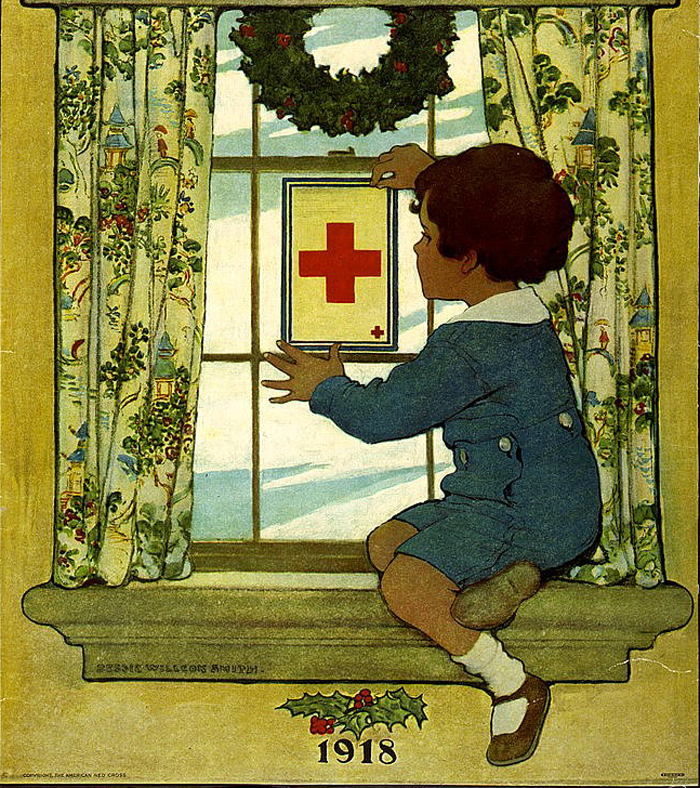ILLUSTRATION COLLECTIONS
Group photo of Famous Artists School Faculty. Left to right: Harold von Schmidt, John Atherton, Al Parker, founder Al Dorne (white shirt, on ground), Norman Rockwell (with painting created for Cecil B. DeMille’s 1949 film, “Samson and Delilah”), Ben Stahl, Peter Helck, Stevan Dohanos, Jon Whitcomb, Austin Briggs (rear, far right), and Robert Fawcett (front, far right). ©Norman Rockwell Museum Archives, gift of Famous Artists School. All rights reserved.
COLLECTIONS OF ORIGINAL ILLUSTRATION ART
Scott Bakal
A collection of original works from Me + The Devil, a fictional story inspired by the life of blues musician Robert Leroy Johnson (1911-1938). Legend says that Johnson went to a crossroad near the plantation where he lived in rural Mississippi to make a deal with the Devil, trading his soul for musical success. Cross Road Blues (1936) and Hellhound on My Trail (1937) are songs that reflect Johnson’s supposed arrangement. The collection features 53 studies and finished illustrations.
Isabel Bishop (1902-1988)
A collection of etchings and drawings by American painter and graphic artist Isabel Bishop, who is known for her humanistic portrayals of working women, and men, in realistic urban settings. Raised in the Midwest, she moved to New York City at the age of sixteen, and studied at the Art Students League with Kenneth Hayes Miller. In the winter of 1953, she and other representational artists founded Reality: A Journal of Artists Opinions to protest the period’s emphasis on nonobjective painting. Critic Clement Greenberg successfully fought the public’s negative response to abstraction, but his attempt to intimidate the New York figurative painters of the 1950s was less successful. Bishop contacted Edward Hopper to invite his participation in the group’s meetings, which were also attended by Raphael and Moses Soyer, Reginald Marsh, Guy Pène du Bois, Leon Kroll, Yasuo Kuniyoshi, Chaim Gross, Jack Levine, and Gladys Rockmore Davis, among others. The journal’s intention was “to rise to the defense of any painter’s right to paint any ways he wants.” The collection features 27 artworks.
George Bridgman (1865-1943)
A collection of works by George Bridgman, one of most influential anatomists and teachers of the twentieth century. The artist is best known for his popular life drawing and anatomy books that are still used today. Studying under Jean-Lêon Gérômé (1824-1904) at the École des Beaux-Arts and later with Parisian figure painter Gustave Boulanger (1824-1888), Bridgman established a unique technique for capturing human anatomy, gesture, and details by representing parts of the body as geometric forms. As an instructor at the Art Students League in New York for 45 years, he taught nearly 70,000 students, many who would become notable figures in their own right. Among them were sculptor Paul Manship (best known for the statue Prometheus at Rockefeller Center), painter-muralist Gifford Beal, comic creator Will Eisner, illustrator Edmund F. Ward, illustrator Andrew Loomis, artist/teacher Kimon Nicolaides (known for his widely-used book, “The Natural Way to Draw”), painter Arshile Gorky, Abstract Expressionist Jackson Pollack, Peter Max, and Norman Rockwell. Bridgman was an inspiring presence for the young Rockwell, who began his studies at the Art League in 1911 and spoke highly of him in his 1960 autobiography, “My Adventures as an Illustrator.” “We worshipped George Bridgman,” Rockwell wrote. The collection features 108 drawings, many of which were published in Bridgman’s anatomy books.
Robert Childress (1915-1983)
Collection of original works by illustrator Robert Childress, who is perhaps best known as a primary artist for the Dick and Jane series of reading primers published by the Scott Foresman Company. Born in 1915 in South Carolina, he displayed a youthful talent artistic talent, and paid his way through Clemson University by going door to door, offering to paint family coats of arms. Childress worked for advertising agencies after graduation and promoted agricultural and farming products through his illustrations during World War II. Joining the Neeley Art Agency in New York City in 1949, he created ads for Coca-Cola, Mobil, Frigidaire, Campbell’s Soup, Buster Brown Shoes, Wonder Bread, and many other products. The collection features 213 original illustrations and childhood drawings by the artist.
Robert Cunningham (1924-2010)
Collection of original paintings and drawings by Hall of Fame illustrator, Robert M. Cunningham. Born in Herrington, Kansas, where the vast, flat plains create an almost endless horizon, Cunningham embraced the aesthetic of color field abstraction and the landscape that he knew so well. A master of light, the artist introduces strong diagonal shadows to break down form and imply movement. With restraint and a superb sense of abstract design, Cunningham eliminated insignificant details from his art, favoring instead dynamic, streamlined compositions. His masterful paintings for the 1980 Olympics were commissioned by the United States Postal Service, bright spots commemorating the Games’ summer and winter events. A prolific freelance illustrator from the mid to late twentieth century, Robert M. Cunningham created imagery for many notable clients, including Sports Illustrated, GE, Mobil, Alfa Romeo, AT&T, ABC, New York Racing Association, Bankers’ Trust, The Metropolitan Opera, New York Philharmonic, Panasonic, and Chevrolet. Hundreds of photographic slides, taken as references for his art, captured his locales and allowed him to explore compositional possibilities. The collection features 1,376 original artworks.
Jean Ratley Cunningham
Collection of fashion drawings by Jean Ratley Cunningham, who studied at the Art Students League, and went on to create elegant illustrations for national clothiers and advertisers. Ratley Cunningham met illustrator Robert M. Cunningham in a sketch class in 1954, and the couple married in 1962. The collection includes 274 fashion illustrations by the artist.
Joe De Mers (1910-1984)
A gifted mid-twentieth century illustrator, Joe De Mers (1910-1984) specialized in elegant portrayals of post-war American women for popular publications and the advertisements of the day. Considered too sensual for the covers of The Saturday Evening Post, his distinctive artworks featuring dramatic close-ups and unexpected perspectives, often focused on glamourous debutantes and up-and-coming career women in pursuit of romance. The Post, Ladies’ Home Journal, McCall’s, Esquire, and other magazines published his eye-catching art in conjunction with popular fiction and serialized stories, which were the soap operas of print media.
Fred Eng (1917 – 1995)
Collection of original works by illustrator Fred Eng, who was born in China and immigrated to San Francisco with his parents at the age of three. He studied art at the California College of Arts and Crafts, and after graduating, moved to New York to pursue a career as a commercial illustrator. He started out as an inker and letterer for Classic Comics, enlisting in the U. S. Army Air Force in August of 1942. After completing officers training, Eng was stationed in Morocco and served as a Statistical Officer preparing maps and illustrations for official Army reports. After the war, Eng worked as a freelance illustrator doing work for many of the leading periodicals of the time. By the 1960s when illustration jobs became more difficult to secure, Eng taught himself photography and shifted his career to work as a professional photographer. The collection features 96 original paintings and drawings, including a portfolio of drawings created in Casablanca.
James Montgomery Flagg (1877 – 1960)
Collection of original drawings by American illustrator and painter James Montgomery Flagg, who is best remembered for his 1917 World War I recruitment poster featuring Uncle Sam and the caption “I Want YOU for U.S. Army.” Flagg enjoyed considerable success and fame as an artist; at his peak, he was reported to have been the highest paid magazine illustrator of his time. The artist’s illustrations were published in national magazines from the age of twelve, and he soon after became a contributing artist for Life and Judge. He produced countless illustrations for books, magazine covers, political and humorous cartoons, and advertisements. Apart from his work as an illustrator, Flagg painted portraits of many noted individuals, including Mark Twain, Ethel Barrymore, and Jack Dempsey. The collection features 54 original works including a series of original theater sketchbook drawings
Thomas Fogarty (1873 – 1938)
Collection of works by Norman Rockwell’s teacher Thomas Fogarty, who was noted for his delicately drawn pen and ink illustrations. Fogarty taught at the Art Students League in New York, and was extremely influential with his pupils. He assisted Norman Rockwell in obtaining his first publishing assignment while still a student. Rockwell described Fogarty’s teaching style thus: “Mr. Fogarty condemned all flights of fantasy, insisting that our illustrations be faithful to the story in every detail. ‘An illustration,’ he used to say, ‘is an illustration. Quite simply that. Nothing less, nothing more. An author’s words in paint, gentleman and ladies, an author’s words in paint.’” The collection includes 20 original drawings by the artist.
Charles Dana Gibson (1867 -1944) , Her poise, her unconsciousness, the winning simplicity of her manner were noticed everywhere, 1911
Illustration for The Common Law by Robert W. Chambers (New York and London: D. Appleton and Co., 1911): 307., Ink and pencil on board
Norman Rockwell Museum Collection, gift of Everett Raymond Kinstler
Charles Dana Gibson (1867 – 1944)
Collection of original drawings and paintings by Charles Dana Gibson, a master of the drawn line whose images of America—especially American women from the 1890s through 1910—defined the age contemporaneously and retrospectively. The artist’s Gibson Girl was charming, intelligent, athletic, and most assuredly, beautiful, inspiring hairstyles, clothing, and the image of the athletic, self-assured female who became an icon for her time. He published his illustrations in Life magazine and other major national publications for more than thirty years, becoming editor in 1918 and later owner of the general interest magazine. During World War I, Gibson led the Division of Pictorial Publicity for the Committee on Public Information, an independent government agency created by President Wilson, and recruited top illustrators to design posters and billboards to build popular support for America’s entry into the war. Many gifts to this collection have been donated by the Family of Charles Dana Gibson.
Ted and Betsy Lewin
Ted and Betsy Lewin are authors and illustrators of award-winning books for children. Inductees into the Society of Illustrators Hall of Fame, each artist has also received the prestigious Caldecott Medal—Ted in 1994 for Elisa Bertone’s Peppe, The Lamplighter, and Betsy in 2001 for Doreen Cronin’s Click, Clack, Moo: Cows That Type. Artworks from each book are among the Norman Rockwell Museum’s Permanent Collection. Collectively, the Lewins have written and/or illustrated nearly two hundred books.
Wendell Minor
Since his childhood in Aurora, Illinois, Wendell Minor has had a romance with America. After completing his studies at the Ringling School of Art and Design in Sarasota, Florida, Minor began creating original designs for Hallmark Cards, as well as book publishers in New York City. His cover illustrations have enhanced more than 2,000 works, including almost every jacket for books by Pulitzer Prize-winning author, David McCullough, and by Jean Craighead George, Robert Burleigh, Pat Conroy, Larry McMurtry, and many others. The artist has gifted his original illustrations and sketches for three important non-fiction children’s books focused on notable Americans, including Abraham Lincoln Comes Home, Night Flight: Amelia Earhart Crosses the Atlantic, and Edward Hopper Paints His World.
Jacqui Morgan (1939-2013)
Though she began her career as a textile designer, Jacqui Morgan entered the field of illustration in 1960s, when America’s counterculture was reflected in colorful, “mind-manifesting” art, rock music, liquid light shows, underground comic books, concert posters, album covers, and more. The era’s kaleidoscopic color patterns were derived from both altered states of consciousness and the revolutionary political and social climate of the times. Working in a style that she described as “anthropomorphic double images,” Morgan created an eye-catching poster illustration that helped to launch the Electric Circus as well as her career, a highlight of the collection. She went on to create imagery for major publishers and corporations, develop her own clothing and housewares line, and teach classes at the Fashion Institute of Technology.
Lynn Pauley
Trained as a visual reporter, Lynn Pauley is an illustrator who works on location to create visual essays that capture particular moments in time and place. Her powerful paintings and drawings have been published in many national magazines, including The New Yorker, The New York Times and Sports Illustrated, and she has covered in words and pictures some of the most momentous events of our time, from the bombing of the Murrah Federal Building in Oklahoma City to the aftermath of September 11, 2001. Commissioned to travel to Oklahoma City by The New Yorker following the tragic events there, Pauley kept a visual journal that reflected the immediacy of her experiences there: “We will forgive, we will never forget. Neatly written in white shoe polish on the windshield of an Oklahoma State Police car at the scene…. People come from all over with their .kids, their cameras, their camcorders, their prayers, their flowers, but no one says a word. They just stand there for hours looking. The eye of the tornado, ground zero.” Her work has appeared in The New York Times, The New Yorker, Print Magazine and Sports Illustrated, among others, and her corporate commissions have been produced for the Orlando Convention Center, Dean & Deluca, and Wyeth Phamaceutical. The collection features 1,224 original artworks and thousands of archival tearsheets. The artist’s original paintings for In the Children’s Garden (1999, Henry Holt and Co.) are among the featured works in the collection.
Peter Rockwell
Norman Rockwell Museum holds the largest public collection of original works by Peter Rockwell, the youngest of Norman Rockwell’s three sons. As a young man, Peter Rockwell had no interest in pursuing a career as an artist, and intentionally avoided the arts because they were “too much in the family.” A student of English literature at Haverford College, he enrolled in a sculpture class at the prompting of his mother, Mary Rockwell, and “fell head-over-heels in love with it.” Today a noted sculptor and art historian, Peter Rockwell invites us to enter the world of mermaids, monsters, and the imagination. Fantasy emerges as a prevalent theme for the artist, who feels that subjects based in unreality give him “more of a freedom of abstraction.” Far from gruesome, his lively figural inventions are usually lighthearted. Admittedly “incapable of creating a nasty creature,” his art offers playful reflections on “humanity in a different guise. He creates vibrant, animated works inspired by circus acrobats, animals in motion, gargoyles, and monsters, which are featured in the collections of the National Portrait Gallery, The Bridgeport Museum of American Art, and Norman Rockwell Museum, which holds more than 50 of the artist’s indoor and outdoor sculptures. Peter Rockwell appears as a model in many of his father’s published illustrations.
Jarvis Rockwell
This collection of drawings and assemblage works by Jarvis Rockwell, the eldest son of illustrator Norman Rockwell, reveals the path that he has forged in art which is uniquely his own. Norman Rockwell Museum’s collection of art and archival materials represent more than sixty years of creative exploration, revealing the range, evolution, and remarkable diversity of his work―from the early portraits and drawings of his youth to more recent structural works, assemblage constructions, and toy installations that never cease to inspire and surprise. Jarvis Rockwell began collecting action figures in 1979, and he continues to find fascination in mass produced toys for their diversity of design, the fictional narratives established by their random intersections, and by the stories these icons of popular culture have to tell. The artist’s distinctive process and personal philosophy is illuminated in his compelling body of work, which includes his Maya pyramids, vast toy-embellished structures inspired by Hindu temples adorned with sculptural deities. These works “tells the story of us” through the artifacts of commercial culture, reminding us of society’s deepest longings and aspirations. The artist was a frequent model for his father’s work.
Irena Roman
This collection of original watercolor paintings and studies by Irena Roman was created for A Mother’s Wish, an illustrated picturebook by Kathy-Jo Wargin (2006, HarperCollins Publishers). The artist’s light-filled watercolors have been commissioned by HarperCollins Publishers, Little Brown Publishing, The New Yorker, Toray International/Japan, Hormel, and many other clients. A signature member of The American Watercolor Society, The Transparent Watercolor Society of America, and The New England Society, she has received numerous honors for her work, including the High Winds Medal of Honor, American Watercolor Society and the Watercolor West Award, National Watercolor Society. In addition to her work as an artist, Roman is a Professor of Art at Massachusetts College of Art and Design, Boston. She has also conducted workshops at Norman Rockwell Museum.
Ruth Sanderson
This collection reflects Ruth Sanderson’s interest in stories about princes and princesses, and quests and bravery in the face of extraordinary odds, which have remained an essential part of our culture’s foundation, shared by parents and children for many generations. A renowned fantasy artist and illustrator of children’s literature, Ruth Sanderson has created imagery for more than seventy-five picture books, many of which bring classic tales to life. Inspired by the art of Golden Age masters Howard Pyle, N.C. Wyeth, Maxfield Parrish, Arthur Rackham, and Norman Rockwell for its strong narrative content and emotional power, Sanderson’s paintings capture perfectly the sense of wonder inherent in fairy tales. Now in the permanent collection of the Norman Rockwell Museum by gift of the artist, Sanderson’s paintings, studies, and photographic reference for The Twelve Dancing Princesses illuminate her artistic process. Other illustrated books by the artist include The Sleeping Beauty, Cinderella; The Golden Mare, The Firebird, and The Magic Ring; The Snow Princess; The Crystal Mountain; and The Enchanted Wood, an original story. Sanderson, who has been a professional illustrator since 1975, has published more than 80 children’s books, and has created art for book covers, collector’s plates, animation concept designs, and product designs. She teaches writing and illustrating for children in a summer graduate program at Hollins University, in Roanoke, Virginia. Dancing Princesses: The Fairy Tale Art of Ruth Sanderson was an exhibition presented at Norman Rockwell Museum in 2014.
Elwood H. Smith
Thousands of original drawings for books, newspapers, magazines, advertisements, and tearsheets comprise this collections of artworks created by Elwood A. Smith, an acclaimed humorous illustrator, who is best known for whimsical comic characters that lend pointed perspectives to the written word. His intelligent, inventive drawings have appeared on the covers and pages of Forbes, Time, Newsweek, Bloomberg, The New York Times, and The Wall Street Journal, among other noted publications, and have enhanced the corporate profiles of Sony, Blue Cross/Blue Shield, AT&T, McDonald’s, and Bell Atlantic. Hot Diggity Dog, Catfish Kate and the Sweet Swamp Band, and Bug Muldoon are among his many illustrated children’s books. Beyond the printed page, Smith’s animations bring his characters to life, and he is also a gifted musician and songwriter. The artist’s animated productions include Kyoti Kapers, Little Green Monkey, and Sweet. Smith was about 14 years old before his family got a television, and he experience drawing and reading comics as a child has provided lifelong inspiration. The Saturday Evening Post was a rich source of imagery for the artist as a boy, as it featured cartoons by John Gallagher and Henry Syverson, as well as new magazine covers illustrated by Norman Rockwell and others, which were enthusiastically received. Elwood’s World: The Art and Animations of Elwood A. Smith was presented at Norman Rockwell Museum in 2011.
William Arthur Smith
A collection of sketchbooks and original art by illustrator William Arthur Smith, a native of Toledo, Ohio, who worked for newspapers before moving to New York in 1937 to establish his own studio. He taught at Grand Central Art School in 1942/1943 and joined the Office of Strategic services in China, in 1944/1945. The artist lectured throughout the world; in 1954, he became an official delegate to the International Association of Plastic Arts in Venice, and in 1958, became an official delegate to the Soviet Union under a cultural exchange agreement. Smith created original illustrations for American magazines and his imagery appears on three United States postage stamps.
William Steig (1907 – 2003)
This collection of more than 6,000 book and magazine illustrations and cartoons by William Steig comprise the most significant public collection of the artist’s work, generously gifted by his wife, Jeanne Steig, who is also an artist. In 1930, Steig found work at The New Yorker at the age of twenty-three, and over the next seventy-three years, he contributed one hundred-twenty-three covers and sixteen hundred seventy-six drawings to the magazine. In 1939, he released his first collection of “symbolic drawings” inspired by psychoanalysis and modern art, which expanded the boundaries of cartoon art, and can be seen in the books titled About People (1939), The Lonely Ones (1942), and All Embarrassed (1948). In 1968, Steig created the first of forty books for children that heralded in his successful career as a children’s book author and illustrator. Steig’s books reflect his conviction that children want the security of a devoted family and friends.
Edmund Ward (1892 – 1990)
This extensive collection of more than 180 drawings and early paintings, donated by the Kelly Collection of American Illustration Art, and by Robert T. Horvath, features the work of Edmund F. Ward, who studied at the Art Students League with Norman Rockwell. The two became close friends, sharing studio spaces in Brooklyn and Manhattan. An exceptional draughtsman, Ward was also an accomplished painter and visual storyteller. He created his first illustrations for The Saturday Evening Post before he was twenty, and for many years, illustrated the Alexander Botts and Assistant District Attorney Doowinkle stories for the magazine. Ward was born in White Plains, New York, where he spent his professional career.
Famous Artist School
This vast collection features thousands of objects generously donated by Magdalen and Robert Livesey, including original paintings, drawings, and studies, archival photographs, demonstration and marketing films, business and student correspondence, and tearsheets from the Famous Artists School, America’s most popular mid-twentieth century art correspondence course. These artworks and archival materials highlight the creative methods of twelve highly regarded mid-twentieth century American illustrators, whose influential images reached millions on the covers and pages of popular magazines. Started in 1948 in Westport, Connecticut, the Famous Artists School course offered in-depth, practical how-to instruction in the working methods of noted illustrators Al Dorne, John Atherton, Austin Briggs, Stevan Dohanos, Robert Fawcett, Peter Helck, Fred Ludekens, Al Parker, Norman Rockwell, Ben Stahl, Harold von Schmidt and Jon Whitcomb. Volumes were revised annually and occasionally updated with contributions from new artists, presenting lessons on narrative picturemaking from idea to finished illustration.
World War I Posters
More than 70 World War I posters comprise a generous donation from Trustee Emeriti and former Chairman, Thomas L. Pulling, and Edward Pulling, grandson and great-grandson of the Honorable R.C. Leffingwell, Assistant Secretary of the Treasury and head of the War Loan Organization. During the First World War, illustrated posters inspiring public support served as a primary mechanism of mass communication. Imbued with iconic United States symbols like the Statue of Liberty, Uncle Sam, and the American flag, these posters were powerful reminders of the nation’s engagement with four Liberty Loan campaigns, the War Savings Stamps program, the Victory Loan, and the American Red Cross. Chaired by the celebrated illustrator Charles Dana Gibson, the Office of Public Information’s Division of Pictorial Publicity called upon artists who were not enlisted in the armed forces to design posters. The impressive roster of illustrators included J.C. Leyendecker, James Montgomery Flagg, Howard Chandler Christy, Jessie Willcox Smith and others


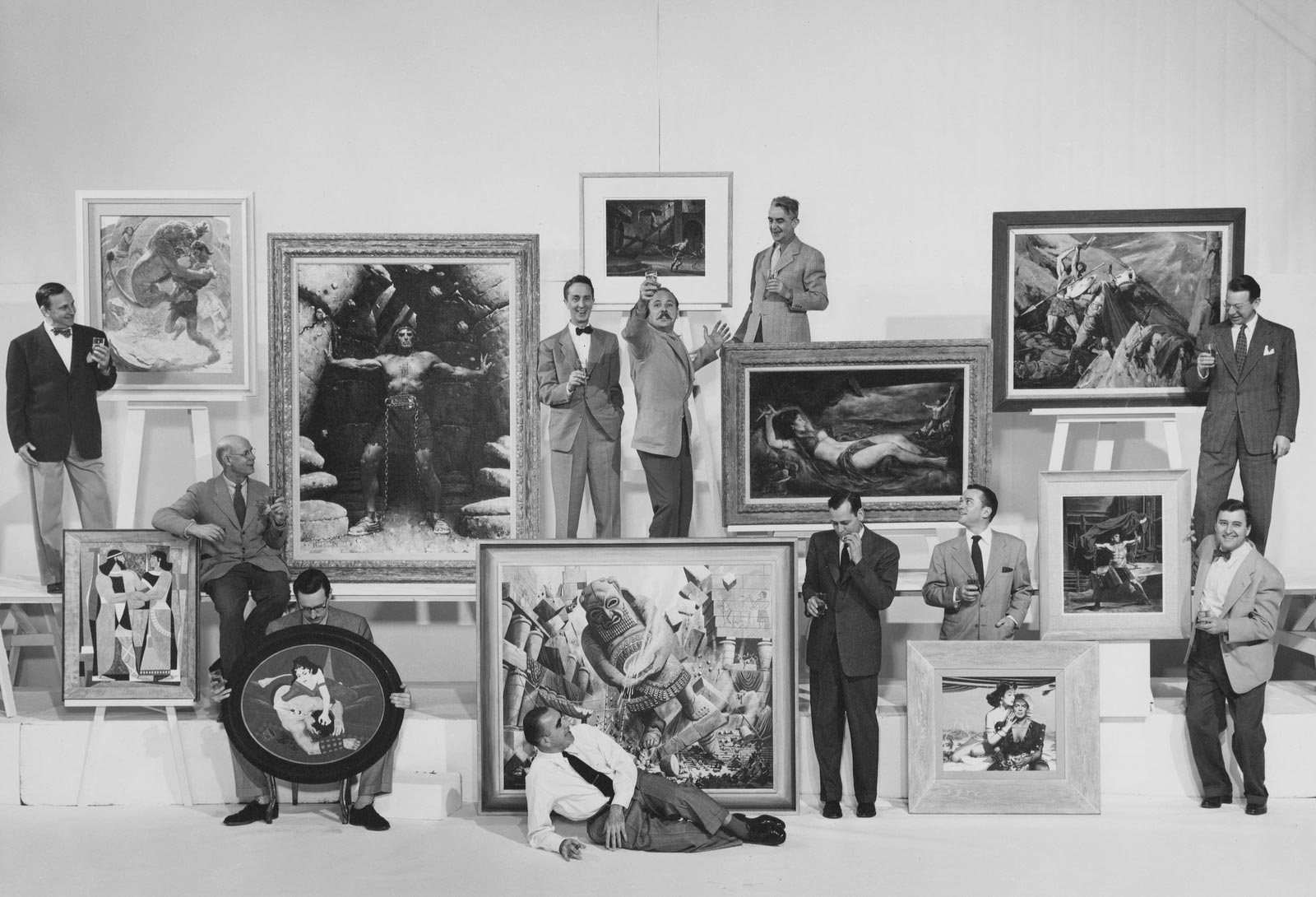
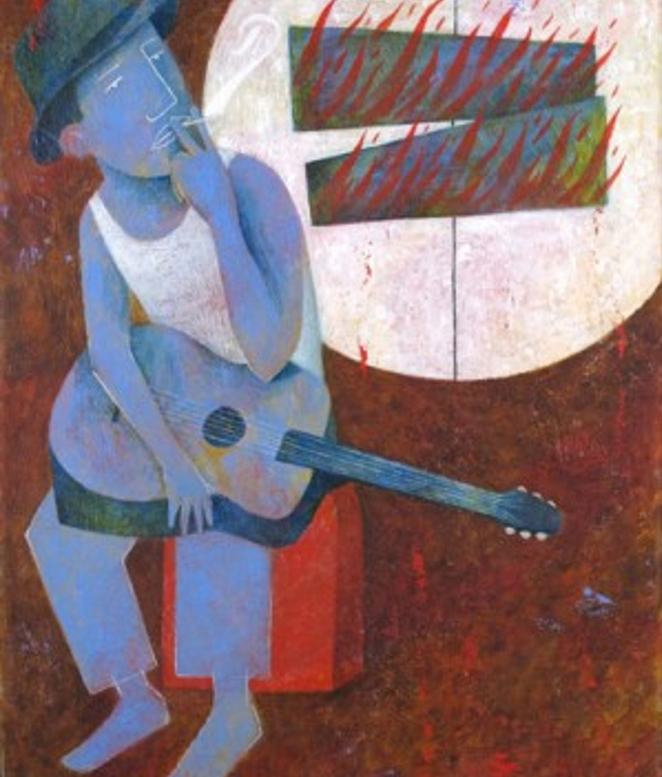
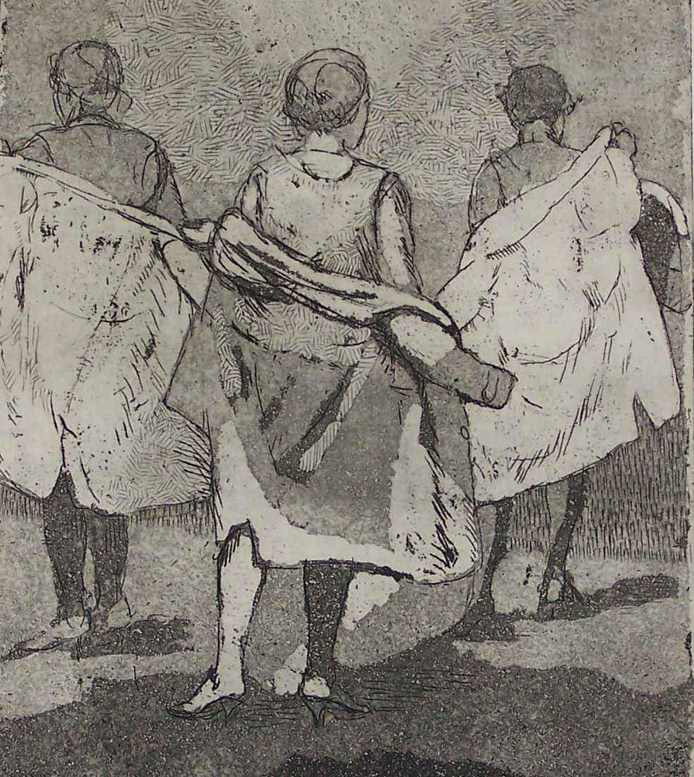
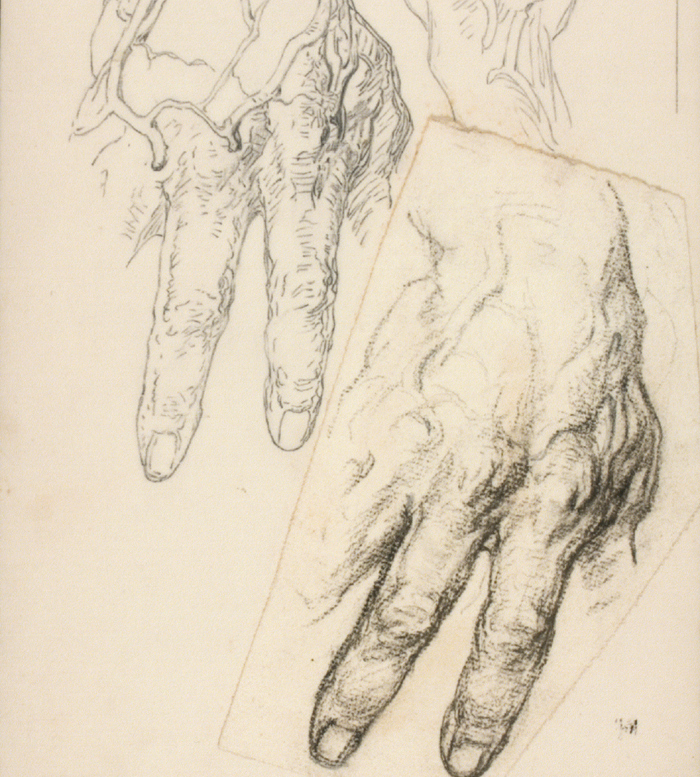

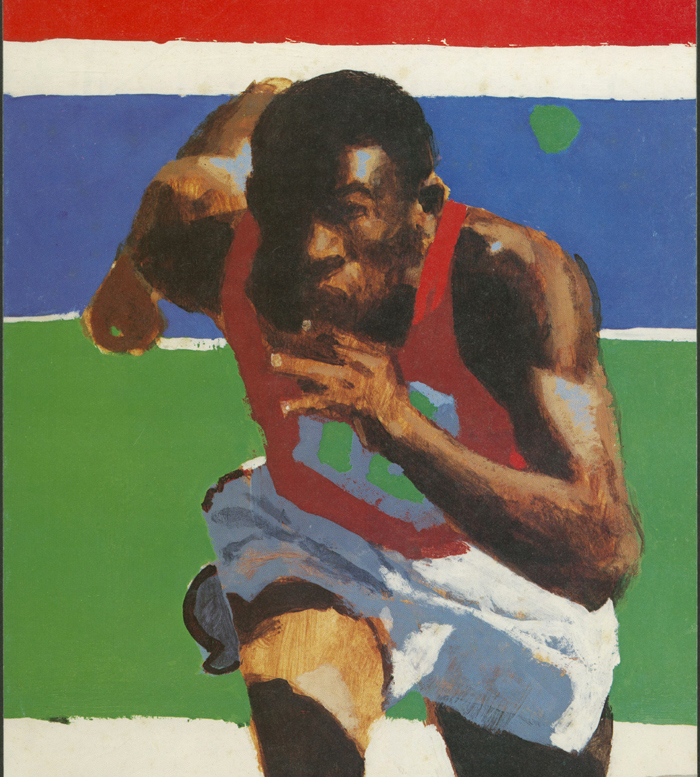


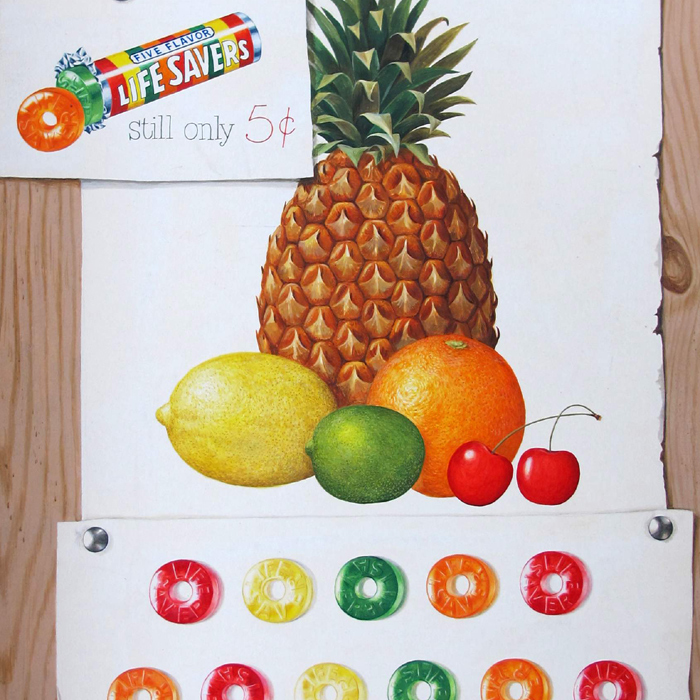
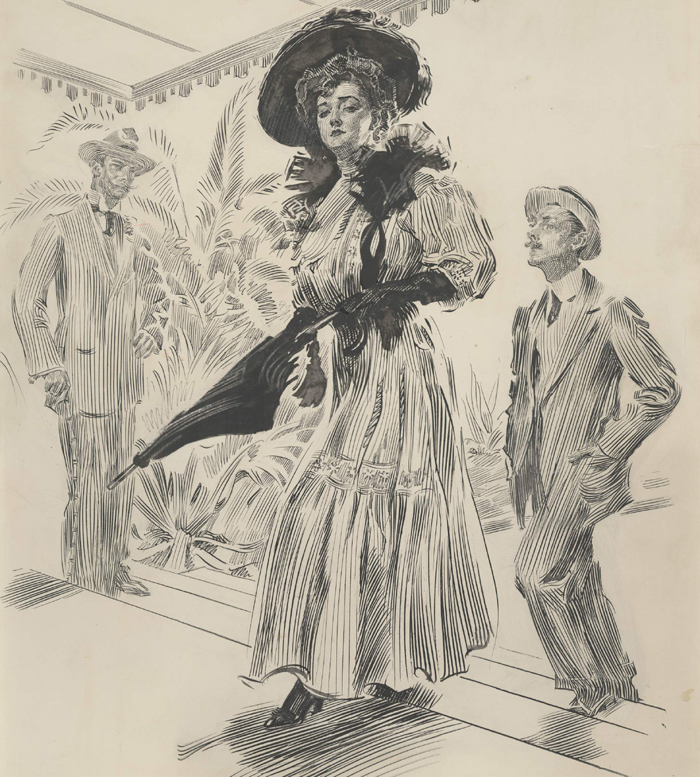
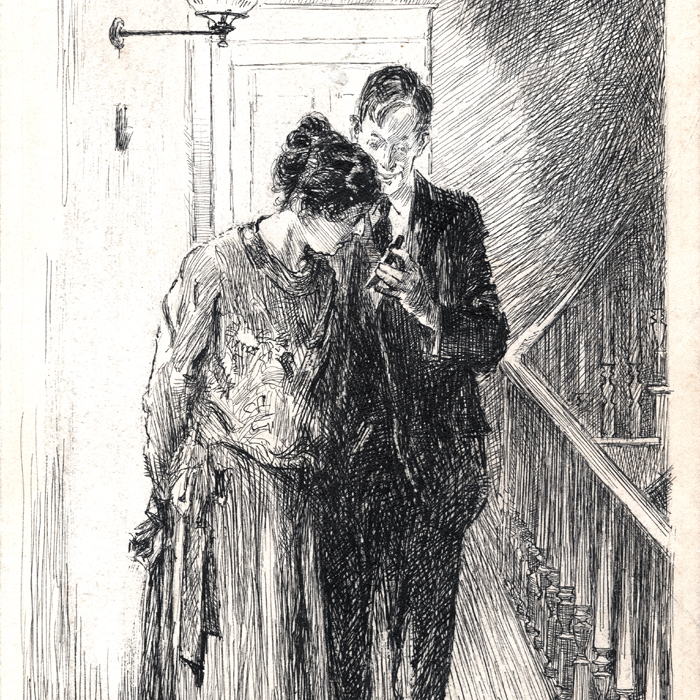
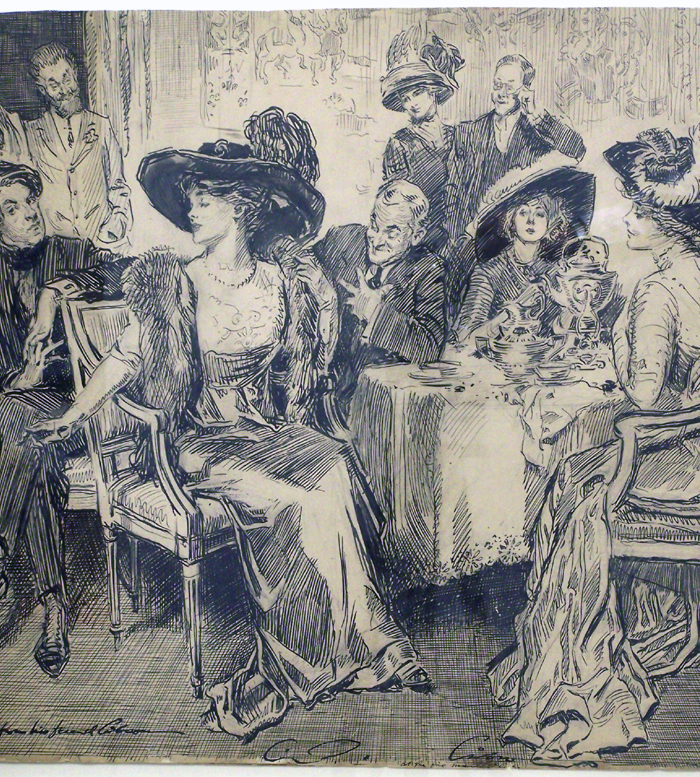
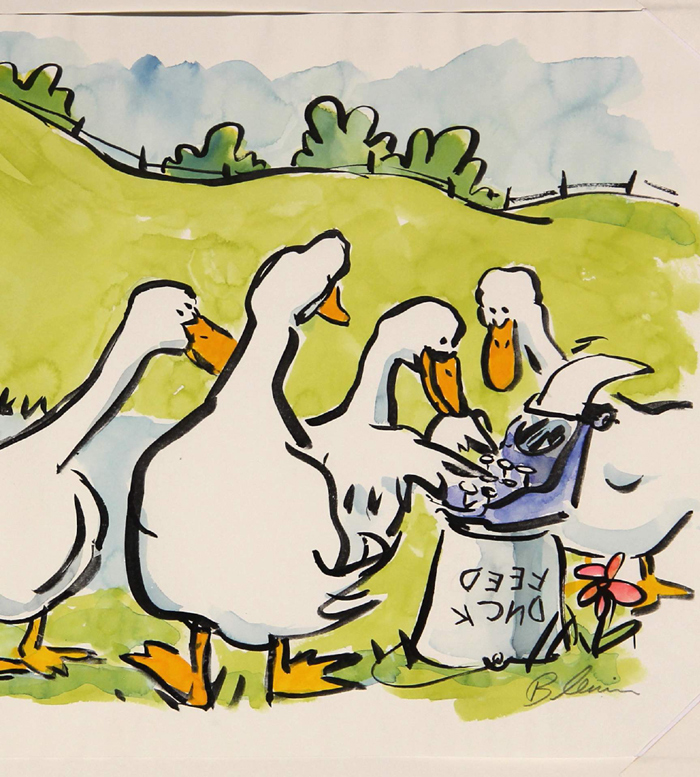
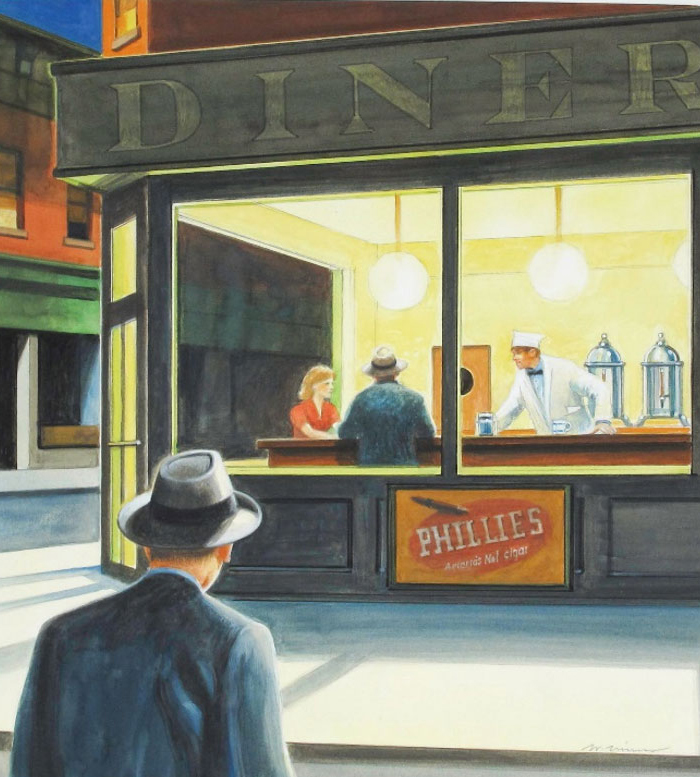

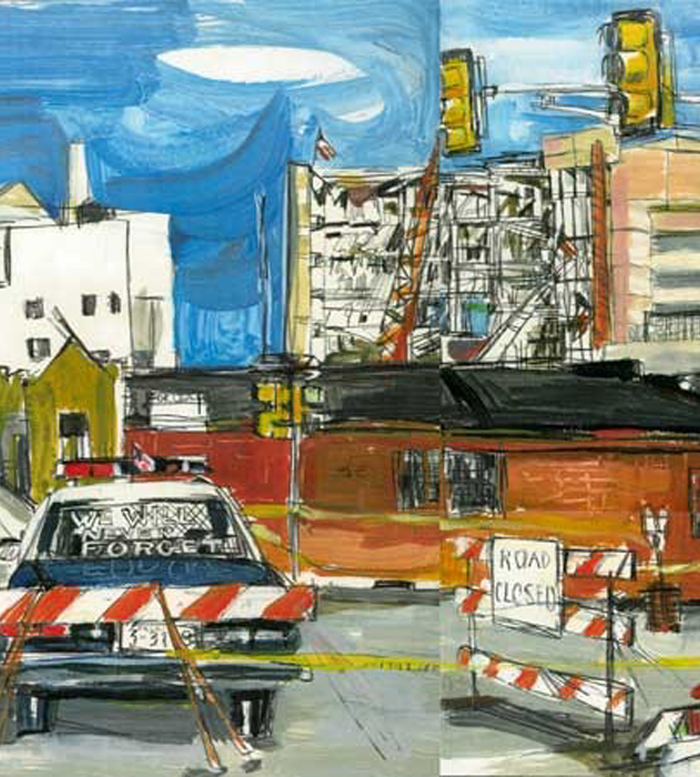
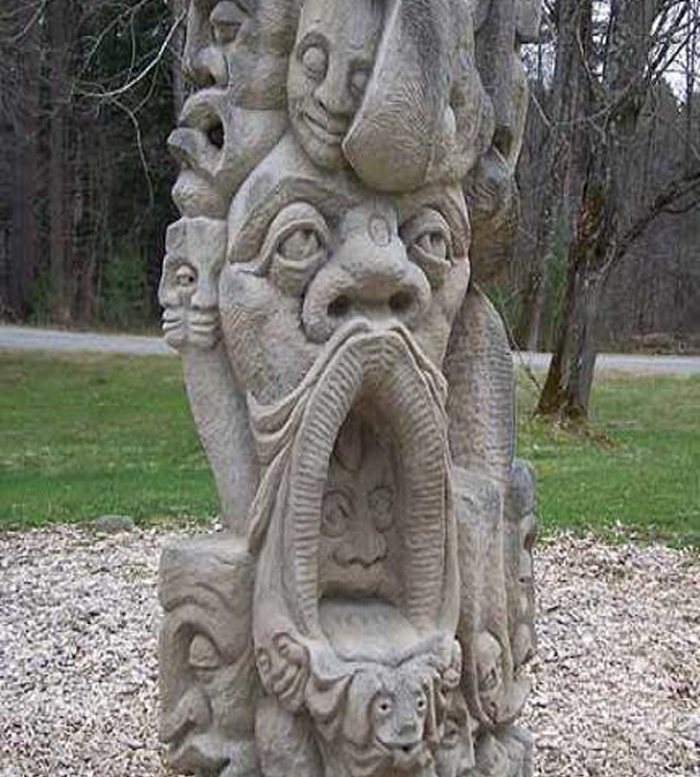
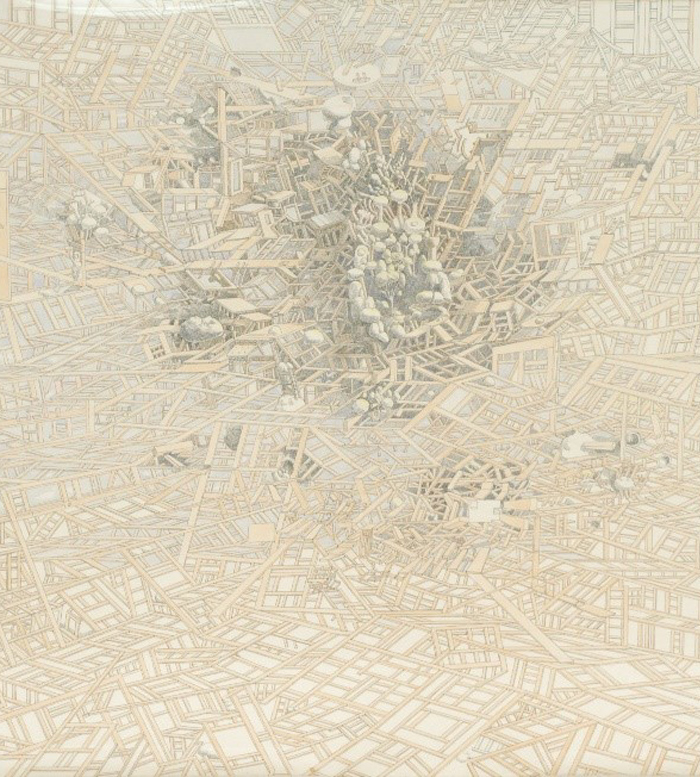
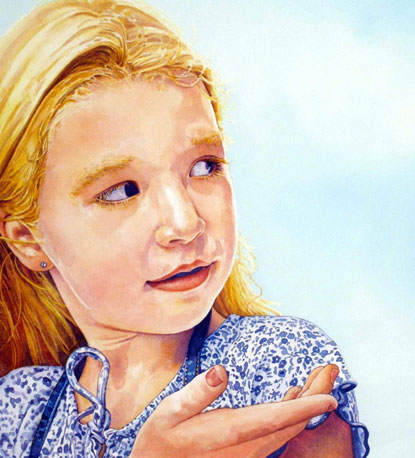
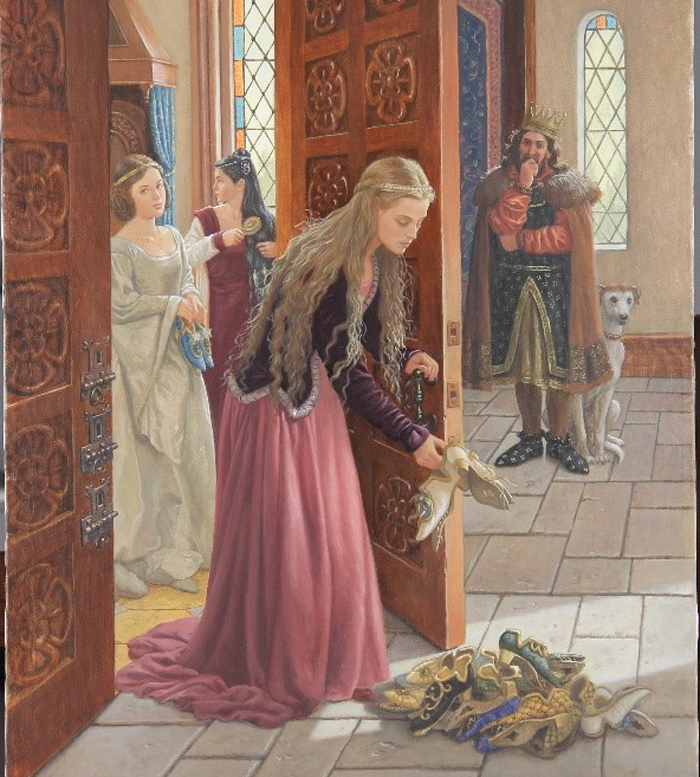
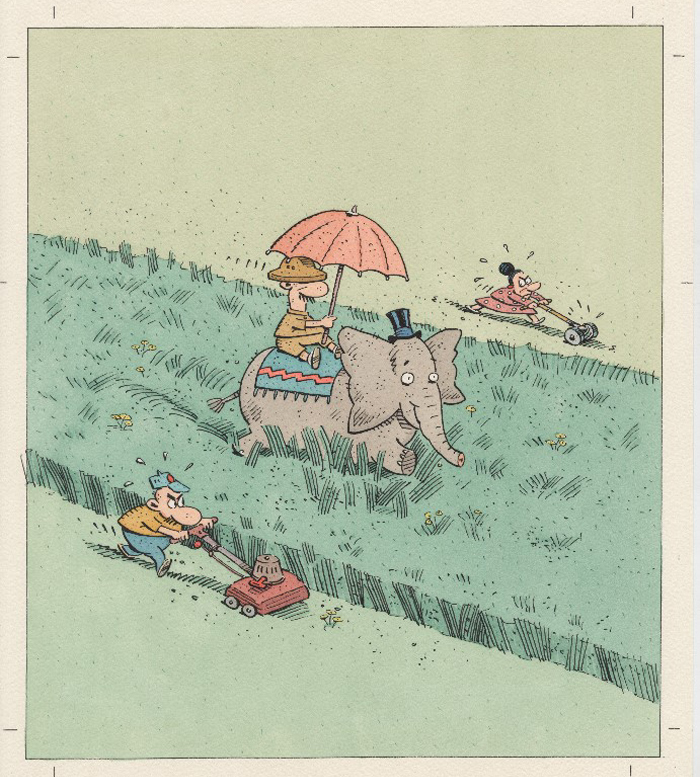
![William A. Smith = [Post-War Nazi Meeting in America]](https://www.nrm.org/wp2016/wp-content/uploads/2016/08/WilliamASmith_700x777.jpg)
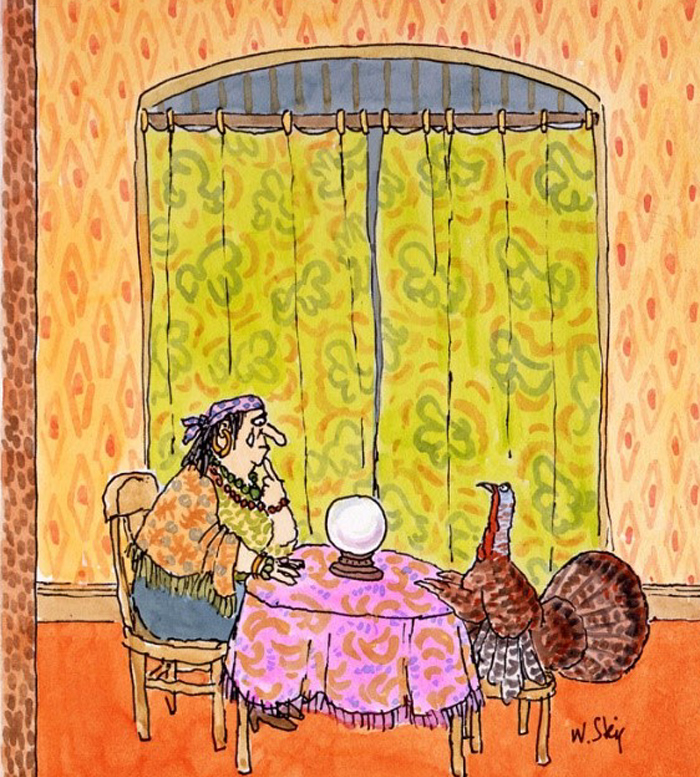
![Edmund Ward - [Canadian Soldier with Seated Woman] c.1921](https://www.nrm.org/wp2016/wp-content/uploads/2016/08/EdmundWard_700x777.jpg)

